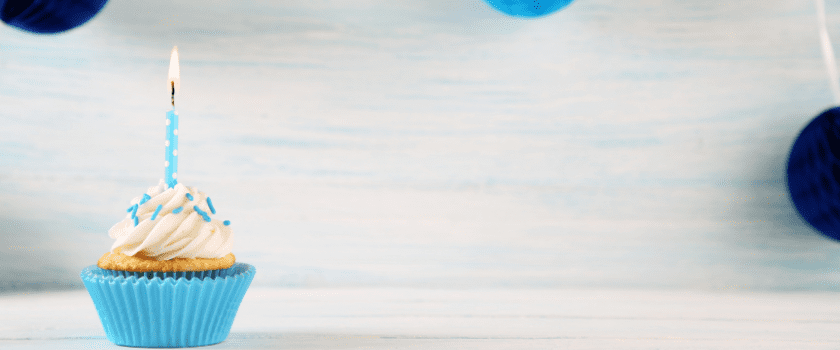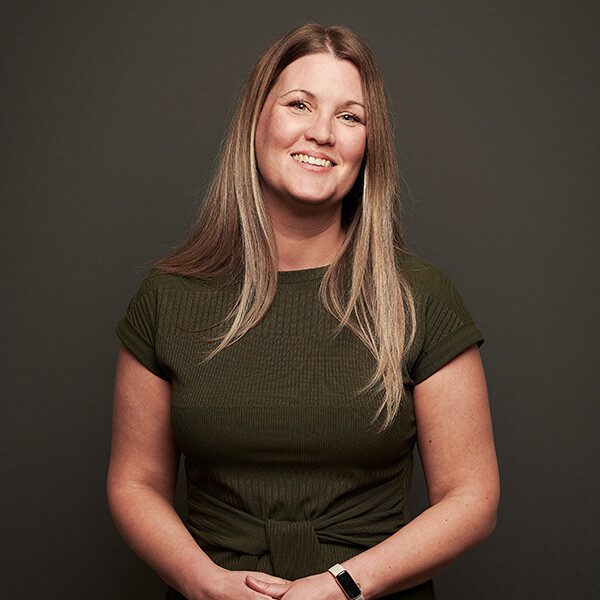- March 31, 2023
- Written by Becky Hayes
- Category: Blog

Happy Birthday VAT: A golden anniversary!
When Lord Anthony Barker, the then Chancellor of the Exchequer announced the introduction of VAT in 1973, he said it was a simple tax.
Although many still think “Oh, it’s just 20%,” in my experience as a VAT specialist, there are very few situations where VAT is that simple.
VAT, or Value Added Tax, can be both confusing and contentious – it might sound a little obtuse, but the VAT rate of a Jaffa Cake (yes, it’s true!) is a good example, showing that often it’s not as simple as it should be.
As this Very Awesome Tax celebrates its 50th anniversary on the 1st of April, we look at some of the most common questions people often have…
What is VAT and how does it work?
VAT is a tax added to the value of most goods and services bought and sold for use or consumption in the UK.
If a business is VAT registered and sells taxable goods or services, then it will charge VAT on those goods or services. This VAT is called output VAT.
Depending on the status of the customer, it may be able to recover the VAT from HMRC on its VAT returns. This VAT is called input VAT.
For most businesses, they pay output VAT and claim input VAT on their VAT returns. The difference between output VAT and input VAT will either be paid to HMRC or refunded by HMRC.
VAT will be a cost to consumers, for example individuals and the public, unregistered businesses, and exempt businesses, as they cannot recover the VAT charged from HMRC.
So, why was VAT first introduced and what was the initial rate of VAT?
VAT was first introduced after the UK joined the European Economic Community (EEC). It replaced Purchase Tax – which was a tax on certain luxury goods.
Purchase Tax had various rates – its initial rate was 33.3% and applied to certain luxury goods at the point of manufacture. The tax was introduced to reduce the wastage of raw materials during the World War II.
When VAT was introduced on 1 April 1973, the initial rate was 10%. This applied to most goods and services.
The standard rate was reduced to 8% in 1974 and shortly after in 1976, a higher 25% rate was introduced. The higher rate applied to petrol and certain luxury goods.
The higher rate was abolished in 1979 when a 15% rate replaced all previously standard and higher rated supplies.
The standard rate increased to 17.5% in 1991, it went back down to 15% in 2008 and up again to 17.5% in 2010.
Since 4 January 2011, the standard rate has remained at 20%. We also have a zero rate and a lower rate of 5% for supplies of certain goods and services.
Who is liable to charge VAT?
A business is required to register for VAT if the value of its taxable supplies exceed the VAT registration threshold – this is currently £85,000.
Taxable supplies are any goods or services that fall within the scope of VAT, these are any goods or services that are charged at the standard, reduced or zero rate.
If a business makes or intends to make any taxable supplies, then it can voluntarily register for VAT. The main benefit of voluntary registration is to recover any VAT charged by another business from HMRC.
What are the common misconceptions about VAT?
There are many misconceptions around VAT, but three of the most common ones are that:
HMRC will charge large penalties if you get things wrong – this is not true, VAT is a self-assessed tax and sometimes mistakes happen. If the mistake is simply made through carelessness and not intentionally done, there is usually no penalty if the correction is unprompted.
Charities do not pay VAT – although charities benefit from certain VAT reliefs, in the main they are treated in the same as any other business when it comes to VAT.
Once registered, you can recover VAT on all business expenses – again, not true. VAT cannot be recovered on all business expenses. VAT incurred on costs can only be recovered if:
- The supply has been made to you.
- It relates to a taxable activity.
- You hold the required evidence, for example, a VAT invoice.
- It is not specifically blocked from recovery, for example, VAT incurred on the purchase of a car or on business entertainment is usually blocked from recovery.
Taking the biscuit…
Perhaps one of the most confusing and interesting facts about VAT is that there are different rates for different biscuits. While ‘essential’ food items are zero-rated for VAT, luxuries are standard rated. The difference between essential and luxury for VAT purposes can be quite bizarre.
Did you know that…
- A normal plain biscuit, such as a digestive or rich tea is zero rated.
- Custard creams and bourbons are also zero rated.
- A chocolate chip biscuit is zero rated, but a chocolate covered biscuit is standard rated.
- Jaffa Cakes and a chocolate covered millionaires shortbread are considered cakes and are zero rated.
- A gingerbread man decorated with two chocolate dots for eyes is zero rated, but a gingerbread man decorated with two chocolate dots for eyes and three chocolate buttons is standard rated.
If you’re still confused or in a muddle about VAT and the differing rates, liabilities, and applications, please contact a member of our VAT team. For more help and advice, give us a call or drop us a line.
